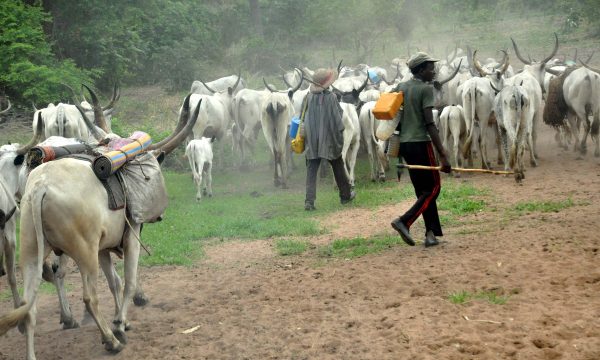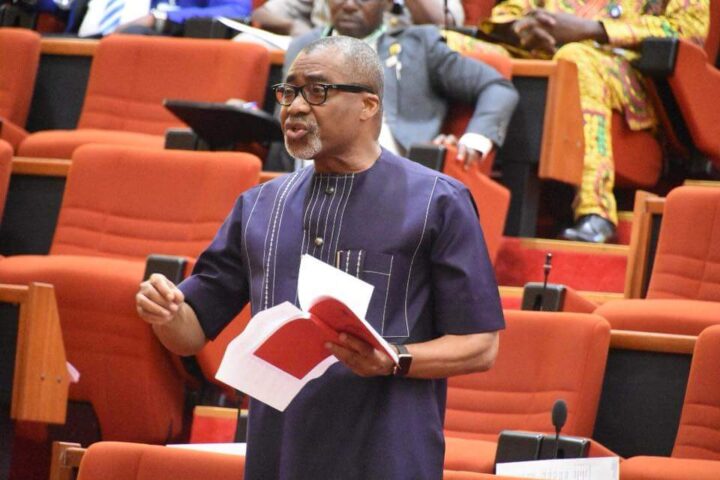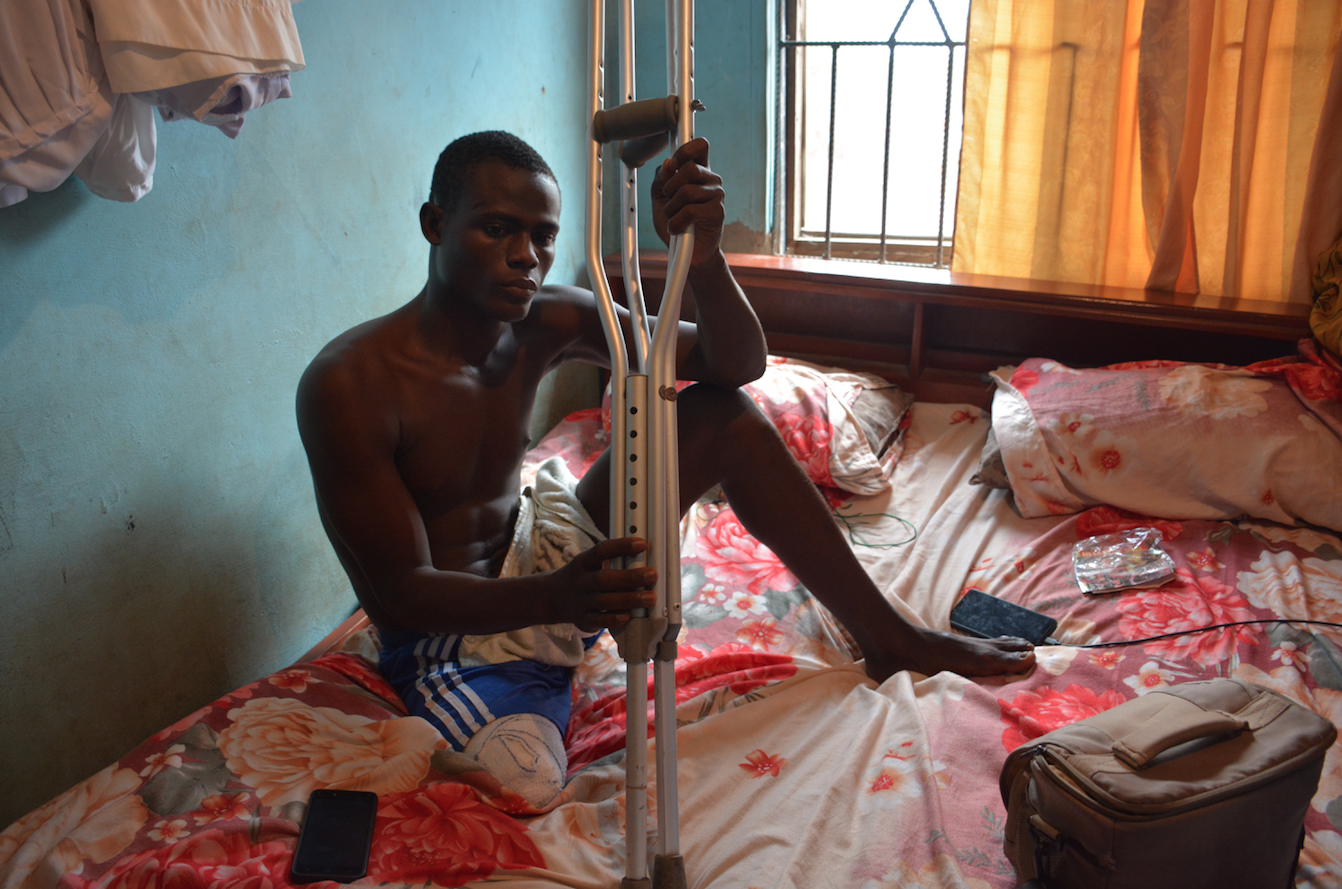BY HALEEM OLATUNJI, FEMI OWOLABI
Sometime last week, senators urged governors to adopt the federal government’s National Livestock Transformation Plan (NLTP) as a panacea to the conflict between farmers and herders.
The nudging was motivated by the spate of kidnapping, banditry and destruction of farmlands — some of which have been attributed to herders in several parts of the country.
In Ogun, Oyo and Ondo, there have been different kinds of ultimatums issued to herders in parts of the states in recent weeks.
This development has heightened tension, flared tempers and raised security concerns. Amid these issues, there have been calls for a permanent solution to the herder-farmer conflicts in a bid to quell ethnic disharmony, end the killings and damage of properties.
Advertisement
Hence, the renewed spotlight on the government’s NLTP initiative.
But what exactly does it entail?
INITIATED WHEN AND BY WHO? HOW NLTP CAME INTO LIGHT
Advertisement
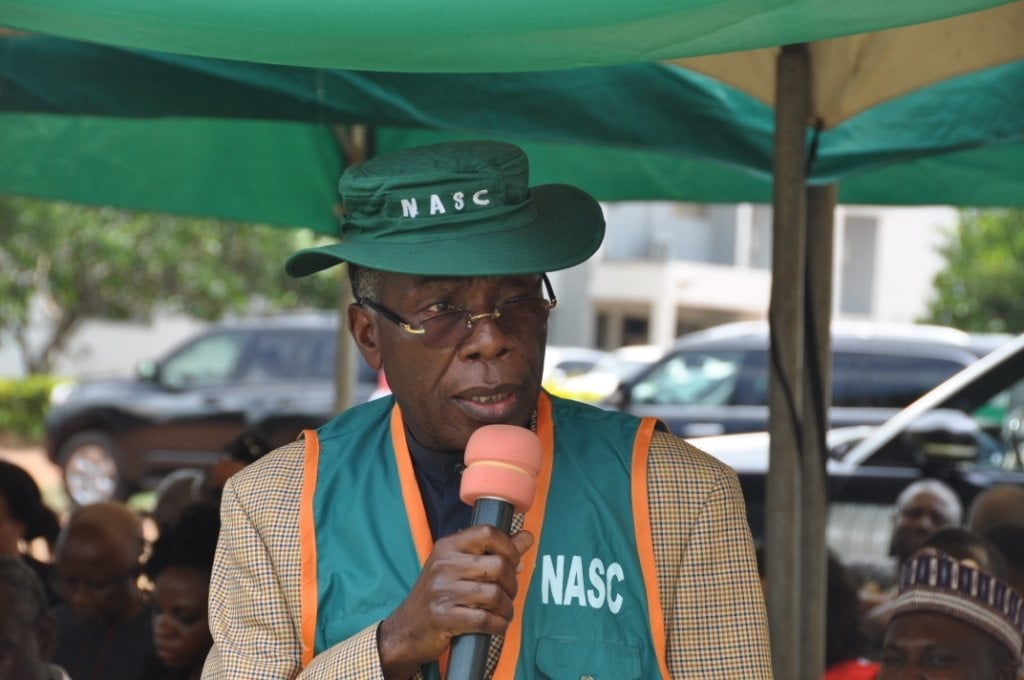
NLTP is a 2018 initiative proposed by Audu Ogbeh, minister of agriculture, and adopted by the National Economic Council (NEC) headed by Vice President Yemi Osinbajo. The plan seeks to last for a period of 10 years between 2019 and 2028.
It is designed to accelerate the scope of change in Nigeria’s agricultural system and to achieve the federal government’s plan of attracting N2 trillion into the country’s economy through the livestock sub-sector.
In September 2019, NEC proposed a budget of N100 billion for the implementation of the NLTP. The council had proposed that the federal government will bear 80 percent of the N100 billion while participating states would provide the balance of N20 billion and land for the project.
WHAT DOES IT SEEK TO ACHIEVE?
Advertisement
According to the office of the vice president, the goals of the NLTP revolves around its six pillars, namely; economic and investment; conflict prevention and resolution; justice and security.
Others are humanitarian relief, information, education and strategic communication as well as research and innovation.
BETWEEN RANCHING AND OPEN GRAZING… WHERE DOES NLTP STAND?
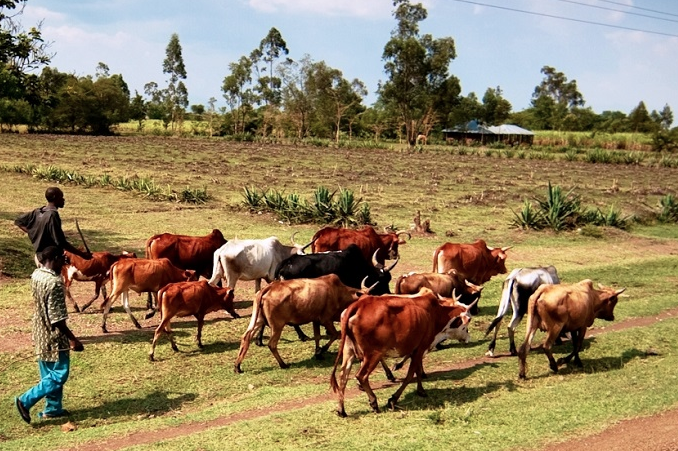
NLTP is a model that seeks to end open grazing by emphasising the use of ranching to limit the movement of animals from one place to another — a notable cause of clashes between farmers and herders.
Advertisement
There are four ranch sizes — 30, 60, 150 and 300 cows — which function as an integrated business centre for commercial crop production, the supply of livestock materials and facilitation of improved access to basic services.
The NLTP also entails non-ranching options which provide for the establishment of corridors for cattle, feeding and water facilities, and market places for sales of goods.
Advertisement
Still on the #NationalLivestockTransformationPlan #NLTP is a framework designed to solve decade long tension, transform the agriculture sector and ensure food security.
It has 6 pillars
Conflict resolution, Justice and Peace, Humanitarian relief, Human Capital Development pic.twitter.com/j7tDPLs6a8Advertisement— Ibilola Essien (@IbilolaEssien) September 12, 2019
Advertisement
IS NLTP A COMPULSORY MODEL?
No. The NLTP is not compulsory but a voluntary plan to be adopted by interested state governments. It is a model that allows state governments to implement whichever aspect they feel comfortable with.
The vice president had explained that the states interested in the plan will provide their own land and contribution of the fund needed for the project.
IS NLTP SAME AS RUGA?
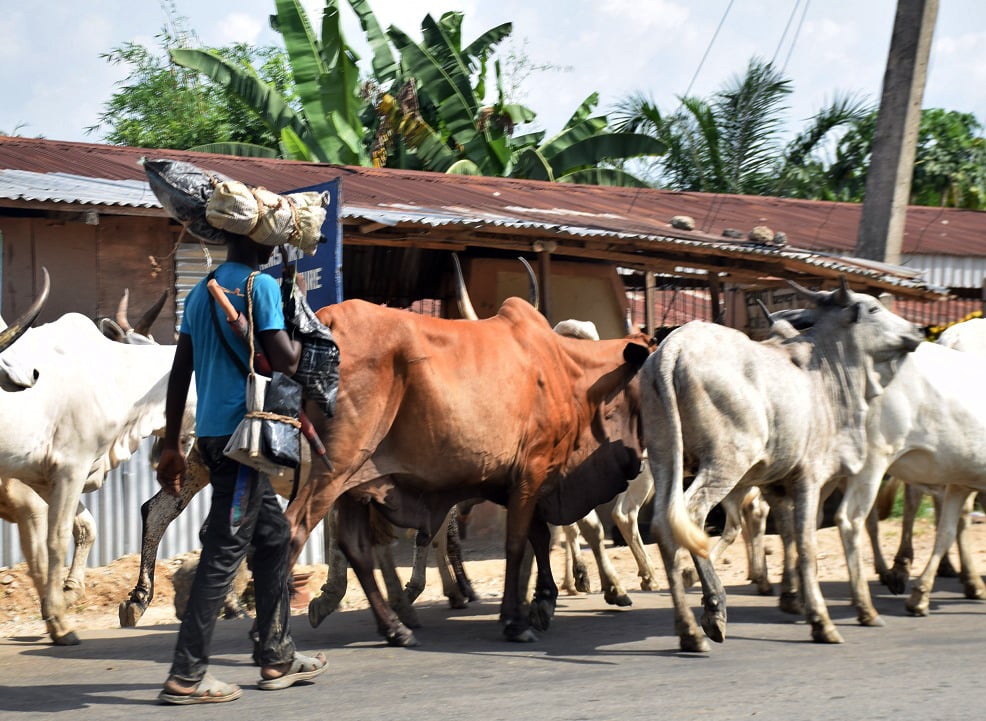
RUGA, an acronym for Rural Grazing Area, is a Hausa word that refers to Fulani settlements in the forests.
While RUGA is not the same as NLTP, both models have some things in common, such as voluntary participation, ranching model, land allocation, among others.
However, a major difference lies in the consensus which birthed the NLTP. While some governors had openly criticised the RUGA settlement scheme, such is not the case for NLTP as it is a plan jointly agreed upon by the governors.
In a series of tweets, Osinbajo had reassured Nigerians that NLTP is not the same as RUGA. He said the RUGA settlement scheme was scrapped by President Muhammadu Buhari in 2019.
Each state is responsible for a suitable delivery mechanism for the NLTP. Basically, each state decides on what works for their state.
There is no land grab but a win-win system where both farmers and herders benefit economically and the age-long conflict and tension stop.
— Prof. Yemi Osinbajo (@ProfOsinbajo) September 10, 2019
The National Livestock Transformation Plan is different from RUGA.
The RUGA plan was scrapped by President Muhammadu Buhari in July, 2019. pic.twitter.com/W4JHnoIpZA
— Prof. Yemi Osinbajo (@ProfOsinbajo) September 10, 2019
WILL THIS SOLVE THE FARMER-HERDER CONFLICTS?
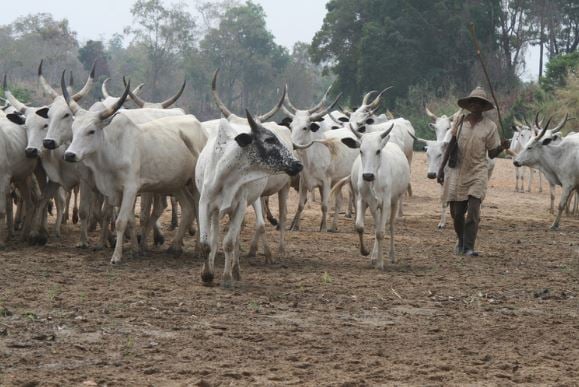
The presidency believes that the livestock plan will reduce tension, limit clashes that have claimed lives and properties across the country, and ultimately restore peace.
“The overall benefit to the nation includes a drastic reduction in conflicts between herders and farmers,” Garba Shehu, a presidential spokesman, had said in 2020.
He explained that the federal government’s plan was to curb open grazing, as it continues to pose security threats to farmers and herders.
Urging states to embrace the idea, Shehu added that “as we seek a permanent solution to these unwanted conflicts, efforts must be made to ensure that no innocent person faces any kind of deprivation or loss of right and freedom under our laws”.
Recently, the Nigerian Governors Forum (NGF) reiterated its backing of the NTLP, with Kayode Fayemi, chairman of the forum, saying his colleagues “feel strongly that the strengthening” of the plan will address the herder-farmer conflicts.
Add a comment
